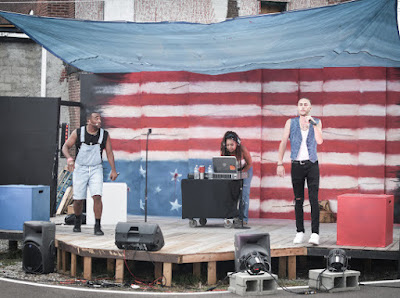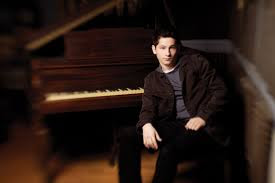John Fedchock NY Sextet lays down good blend of solo and collective excellence

Desirable outcomes in studio recording sessions usually mean that the material is known well in advance to the parti John Fedchock leads a unified sextet cipants and the bandleader structures it in such a way that solos, accompaniment, and ensemble passages seem soldered into place. I like when, from moment to moment, everyone seems to be focused on presenting a musical object more than foregrounding "expression." That's the impression I pick up from "Into the Shadows" ( Summit Records) , the latest recording by the John Fedchock NY Sextet. And that doesn't have to mean the jazz that results seems cut-and-dried — a simple triumph of planning. Trombonist-bandleader Fedchock has created arrangements for himself and five colleagues that maintain pulse and momentum while giving us something as solid and functionally appropriate as a well-made chair. To take from the album the clearest link to the tradition of great jazz sextets, "Alpha Dog" is an ea








